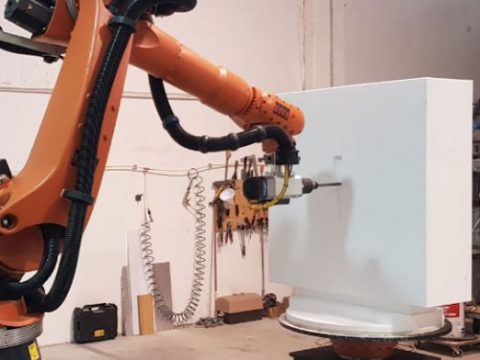ENERGY-SAVING PALLETIZING ROBOTS FROM KUKA
Kuka is a leading company in the manufacturing of industrial robots, and its line of palletizing robots is an example of its innovation and efficiency. These robots are capable of significantly saving energy, making them an ideal option for any company looking to optimize their palletizing processes. What is palletization? Palletizing is the process of










